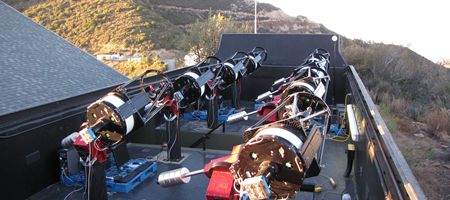The Harvard-Smithsonian Center for Astrophysics said it has discovered a so-called super Earth that orbits round a red dwarf star 40 light years from our own planet.
A super Earth is a planet between one and 10 times the mass of our planet, and has been dubbed GJ1214b. The radius of the planet is about 2.7 times that of earth and its density suggests it’s made of three quarter water and other ices and one quarter rock.
The astronomers said that there are “tantalizing hints” that the planet has a gaseous atmosphere.

Zachory Berta, a graduate at the Center first spotted a hint of the planet amongst the data accumulated. “Despite its hot temperature, this appears to be a waterworld. It is much smaller, cooler, and more Earthlike than any other known exoplanet.”
Berta said some of the water on the planet will be as Ice VII, a crystalline form of water at pressures more than 20,000 times our own planet’s sea level atmosphere.
The astronomers located the planet using an array of eight identical 16-inch diameter RC Optical Systems telescopes – each funnels light to an Apogee Alta U42 camera with a charge coupled device chip.
David Charbonneau, who runs the telescope array, said that anyone else with a similar telescope and a good CCD camera could detect it too.






